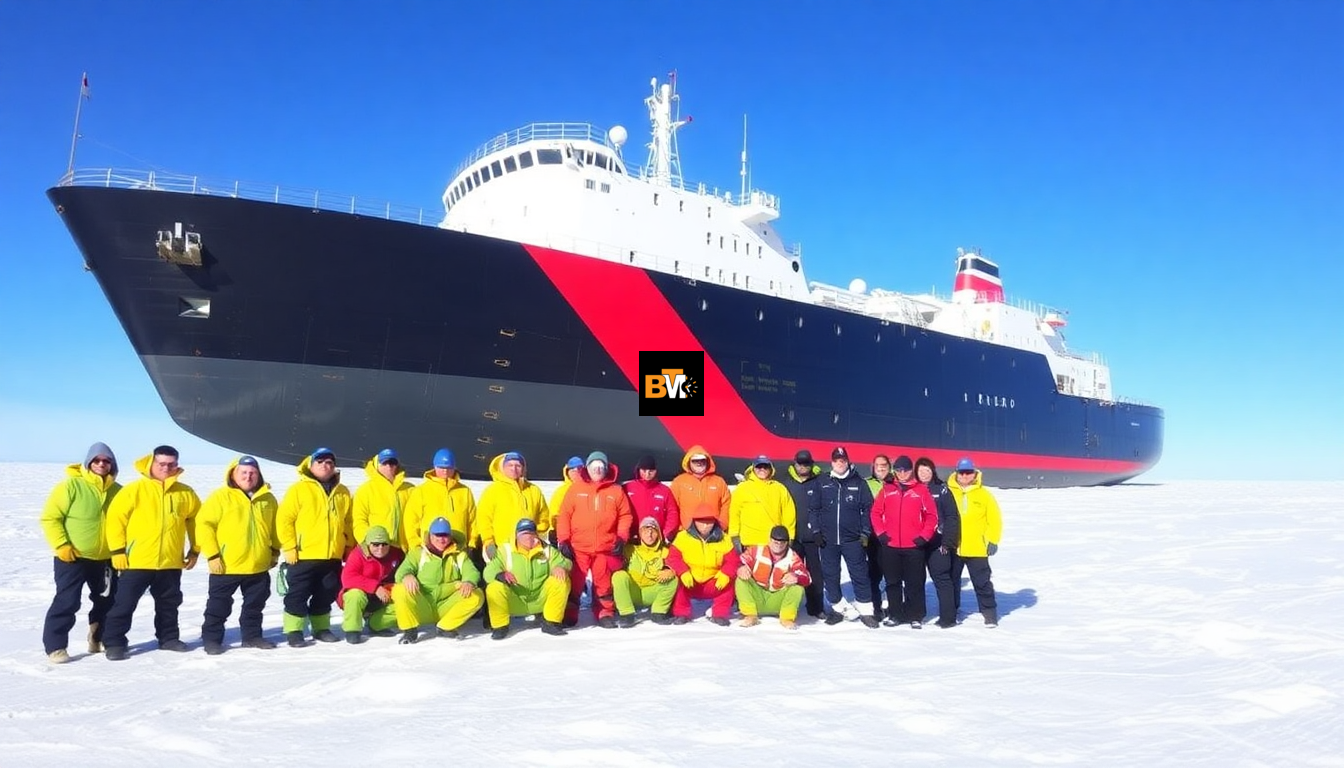Unlike traditional destinations where weather is the primary concern, Antarctica presents dramatic seasonal shifts in wildlife activity, ice conditions, and accessibility. Antarctica’s vast white wilderness offers travelers an unparalleled adventure, but timing your expedition cruise to Antarctica significantly impacts what you’ll experience. Each period within the austral summer (October-March) delivers distinctly different experiences, from pristine snowscapes to penguin colonies and whale migrations. Understanding these seasonal patterns helps ensure your Antarctic journey aligns with your specific interests and expectations.
Antarctica’s Seasonal Cycle
The Antarctic cruise season runs during austral summer (late October-March) when receding sea ice allows vessel access. During this period, the continent experiences extreme daylight variations—from nearly 24-hour sunlight in December-January to dramatic sunsets by February. Temperatures typically range from -10°C to +5°C, warmest in January. Sea ice extent directly impacts landing opportunities and wildlife viewing, with early season featuring extensive pack ice creating pristine landscapes, mid-season melting opening landing areas, and late season offering maximum navigation with minimal ice coverage.
Early Season: Spring Awakening (November to early December)
November marks Antarctica’s spring awakening after the long polar night. This period delivers the continent’s most pristine appearance, with landscapes draped in fresh snow and spectacular ice formations unmarked by summer melt. Massive tabular icebergs drift through channels, and the scenery presents the quintessential Antarctic tableau that matches most visitors’ expectations.
Wildlife enters a dynamic phase during this period. Penguins return to their rookeries performing elaborate courtship displays, with males collecting rocks to build their nests and establish territory. Adélie, Gentoo, and Chinstrap penguins engage in these charming rituals across the Peninsula and surrounding islands. On South Georgia, elephant seals and fur seals give birth to pups and establish breeding colonies along the beaches.
Early season visitors enjoy fewer fellow travelers at landing sites and witness Antarctica at its most pristine. While whale sightings remain less frequent than later months, the dramatic ice conditions, untouched snowscapes, and penguin courtship behaviors compensate with extraordinary photographic opportunities. This period particularly suits photographers seeking landscapes and those preferring to see Antarctica in its most iconic, snow-covered state.
Peak Season: High Summer (December to January)
December and January represent Antarctica’s high summer, with milder temperatures averaging between -2°C and 3°C (28°F to 37°F) and 20+ hours of daylight providing extended exploration opportunities. This period sees maximum wildlife activity across the region.
Penguin colonies buzz with activity as eggs hatch and parents busy themselves feeding hungry chicks. By late January, visitors can observe fluffy penguin chicks forming protective crèches while their parents shuttle between nest and sea to gather food. Seal pups grow increasingly independent on the beaches of South Georgia and the Antarctic Peninsula, often seen practicing swimming and playfully interacting with one another.
The marine environment grows increasingly active as krill blooms attract feeding whales. Humpback whales arrive in greater numbers throughout January, often spotted bubble-net feeding or breaching near expedition vessels. Minke whales cruise along ice edges, while orca pods patrol for hunting opportunities near seal colonies.
Peak season offers optimal conditions for expedition activities. Melted snow creates more accessible landing sites, while relatively calmer waters facilitate kayaking, polar plunging, and extended Zodiac cruises. These conditions make December-January ideal for families, first-time Antarctic visitors, and those seeking the broadest range of experiences and wildlife encounters.
Late Season: Whale Time (February to March)
February and March deliver Antarctica’s most reliable whale encounters. Humpbacks, having fed all summer on abundant krill, display spectacular surface behaviors including breaching, tail-slapping, and spy-hopping. Fin whales, the second-largest animals on Earth, frequently appear in the deeper channels. Lucky visitors might witness orcas hunting seals along ice edges using their sophisticated cooperative techniques.
The Antarctic Peninsula becomes maximally accessible during this period as sea ice retreats to its minimum extent. Expedition vessels can often reach further south, with many itineraries crossing the Antarctic Circle at 66°33′ south. The landscape transforms as snow melt reveals more exposed rock, creating a striking contrast between stone, remaining snow fields, and ice formations.
Penguin rookeries enter a new phase, with juvenile penguins fledging their waterproof feathers and learning to swim. These adolescent birds create entertaining viewing as they awkwardly transition to marine life. The increasingly dark nights produce spectacular sunsets casting pink and orange hues across icebergs and mountains.
Weather becomes more variable during late season, with occasional storms balanced by many calm, clear days. Poseidon Expeditions and other operators utilize their ice-class vessels‘ capabilities to navigate changing conditions while maximizing wildlife encounters during this whale-rich period.
Choosing Your Antarctic Season Based on Interest
Each Antarctic season offers distinct advantages depending on your primary interests:
For photographers:
- Early season: Pristine snow, dramatic icebergs, penguin courtship behaviors.
- Peak season: Maximum wildlife activity, 24-hour golden light.
- Late season: Whales, dramatic sunsets, atmospheric conditions.
For wildlife enthusiasts:
- Early season: Penguin courtship, breeding seals, pristine conditions.
- Peak season: Penguin chicks, active colonies, increasing whale numbers.
- Late season: Maximum whale concentration, penguin juveniles learning to swim.
For activity-focused travelers:
- Early season: More challenging conditions, fewer activity options.
- Peak season: Optimal conditions for kayaking, camping, and extended hiking.
- Late season: Better deep-south navigation, crossing Antarctic Circle.
Practical considerations also influence timing decisions. Peak season (December-January) commands premium prices and requires booking 12-18 months in advance. Early and late season typically offer lower rates and greater availability. Sea conditions tend to be roughest during late season crossings of the Drake Passage, while peak season averages slightly calmer waters.
Practical Considerations for Your Antarctic Expedition Timing
Planning an Antarctic expedition requires careful consideration of logistical factors beyond wildlife and scenery. Early season travelers should pack additional warm layers for colder conditions, while late season visitors need waterproof daypacks and quick-drying garments for potentially wetter landings.
Physical capabilities also factor into timing decisions. Those concerned about mobility should consider peak season when landing sites typically offer drier, more stable terrain. Conversely, photographically-inclined travelers might prefer early season despite more challenging snow conditions for the pristine landscapes.
Regardless of chosen timing, booking well in advance remains essential. Poseidon Expeditions and other operators typically fill their most popular departures 12-18 months beforehand, particularly for peak season voyages coinciding with holiday periods.
Each Antarctic season presents unique characteristics that shape visitor experiences. By matching your timing to your specific interests, you’ll maximize the return on your Antarctic investment while experiencing this remarkable wilderness exactly as you’ve imagined it.







Leave a Reply